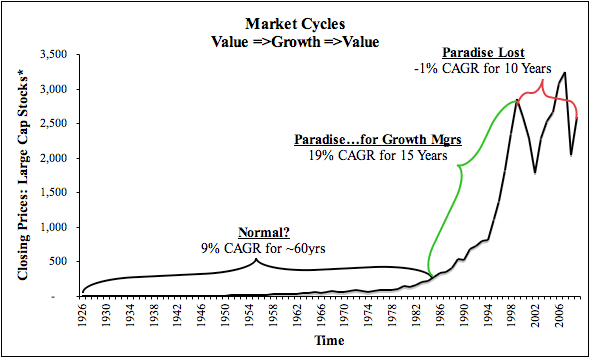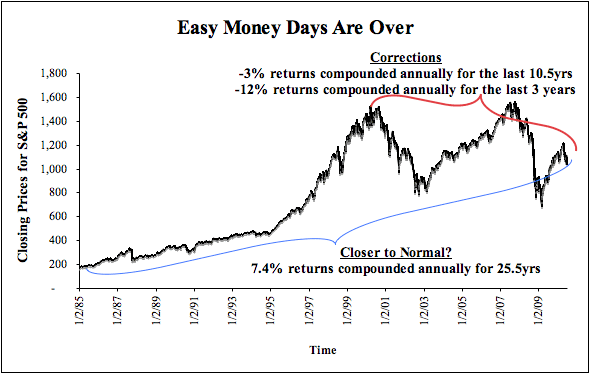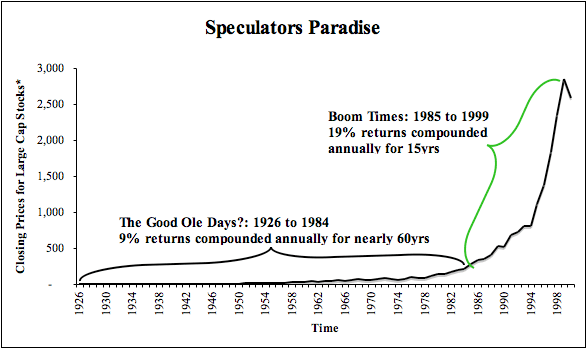Munger on Accountants: “Utterly failed us…and no sign of reversal of the failure”
The reason we focus on Economic Earnings as opposed to Accounting Earnings is because Accounting Earnings are subject to too much manipulation - as Charlie Munger states below. This problem is not going away anytime soon.
David Trainer, Founder & CEO



